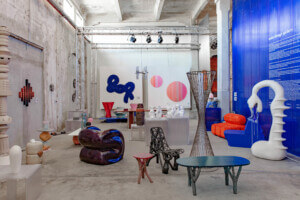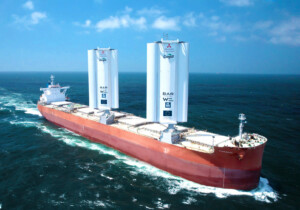A. Zahner Company was founded in 1897 and has since grown into an industry-leading architectural metals manufacturer. Bill Zahner, the company’s CEO, is largely credited with the company’s global growth. Recently, AN spoke with Bill to discuss the company’s response to the growing emphasis in the AEC industry on sustainability.
This interview was conducted in anticipation of the upcoming Facades+ Los Angeles conference on November 9 and 10, where Bill Zahner will be featured as a panelist. To hear more from Bill, as well as other industry experts, register for Facades+ Los Angeles.
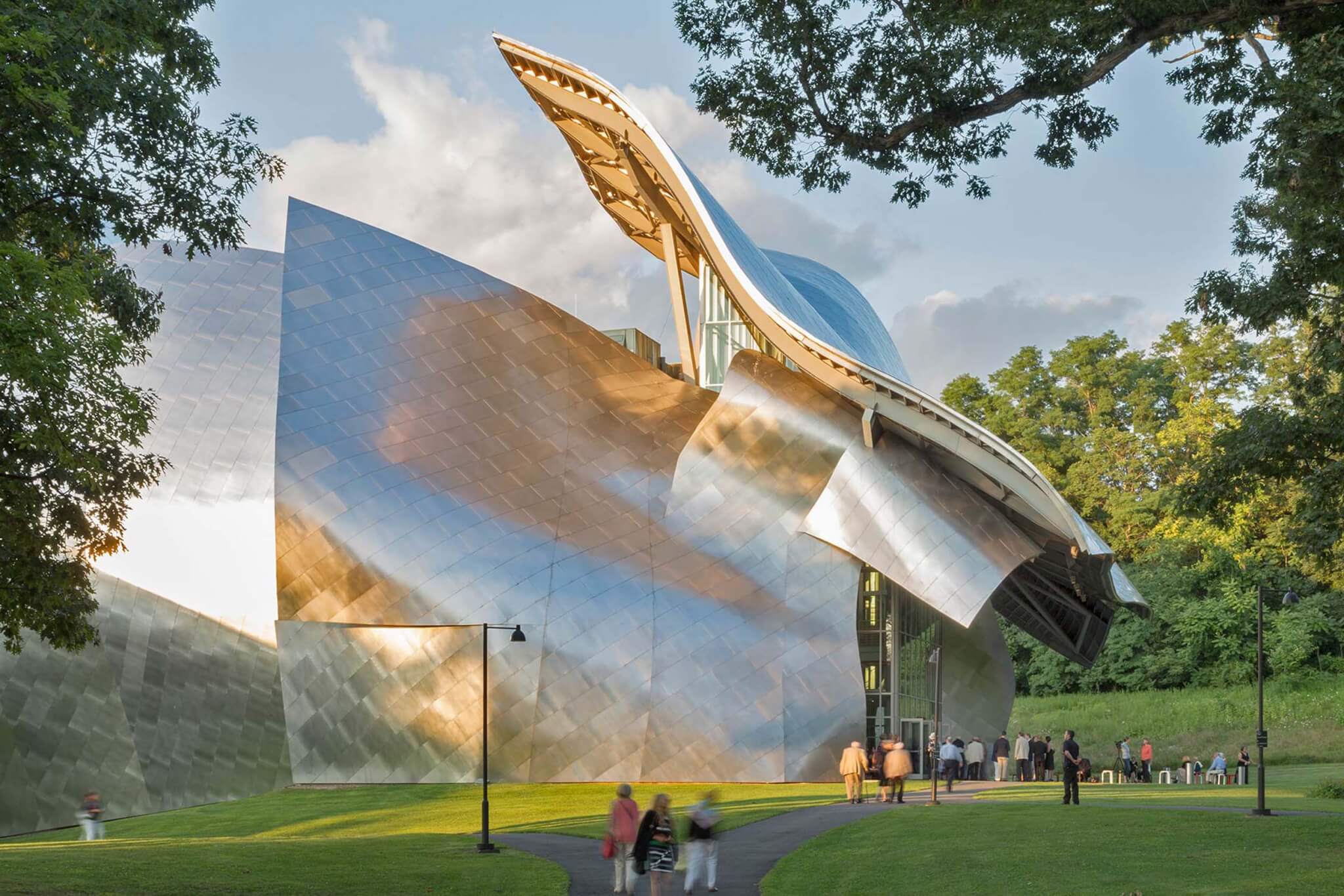
AN: What can you tell us about being a family-owned business? What’s changed over time?
Bill Zahner (BZ): I have often said we are owned and operated by 150 plus families. My name just happens to be on the door. Family-owned and operated has its own idiosyncratic characteristics, particularly as they change from generation to generation. The only way it can survive is through reinventing itself. If you stop to wallow in the successes of the past and not advance what you learn, you could end up like the world’s greatest horseshoe salesperson when the automobile came to market.
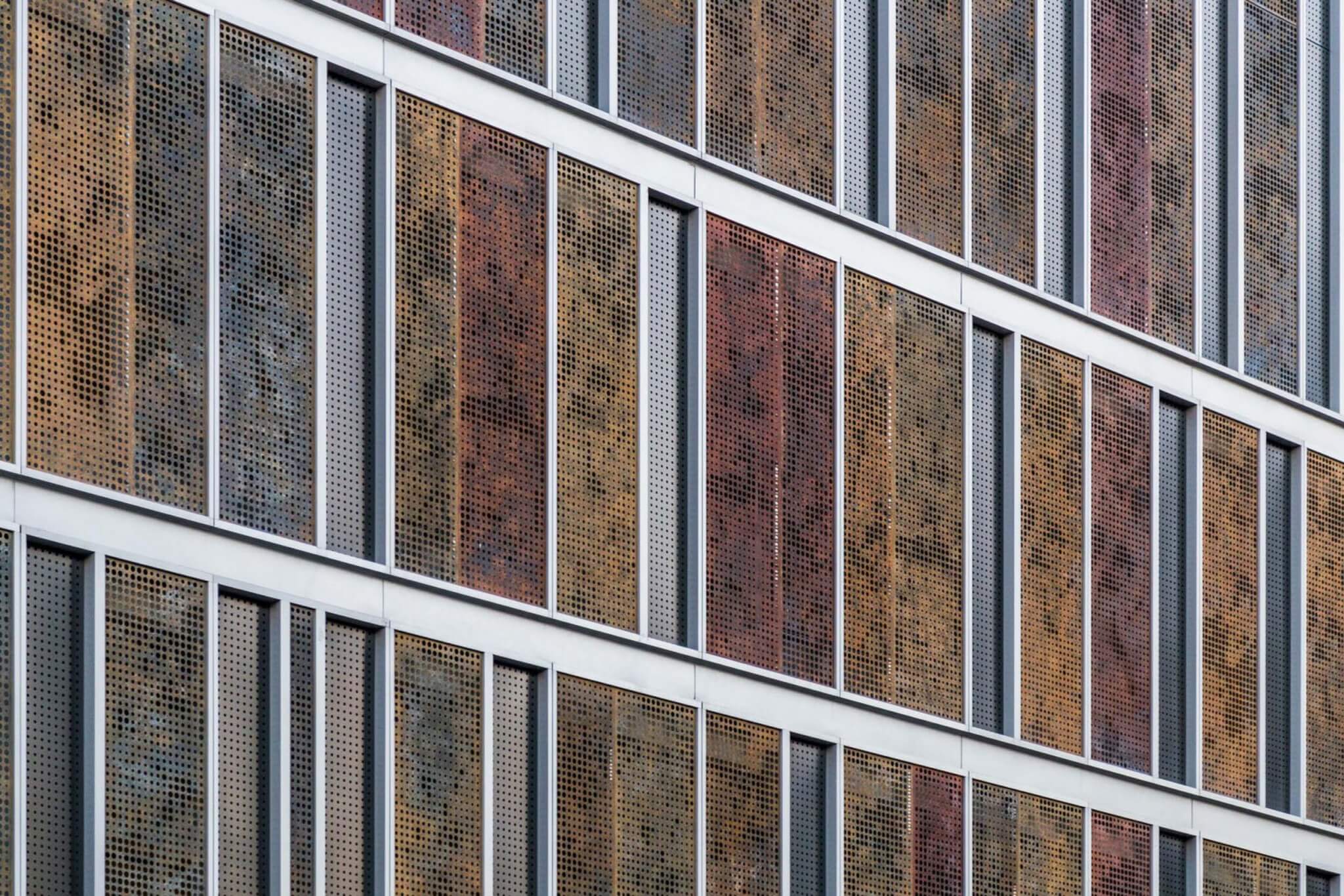
AN: What are the long-term benefits of metal products?
BZ: The simplest answer is that metals are here forever. They are derived from the earth itself. Metals are the only building material known that can retain their physical and mechanical properties, no matter how many times they are recycled and reformed. No other building material can perform like this. Additionally, some of the surfaces we use can pull carbon and other pollutants from the air and trap them in the natural mineral matrix that develops on the surface as they are exposed to the atmosphere.
AN: Can you talk about the recycling or reuse of raw materials in your projects?
BZ: Our use of recycled content is significant. For example, much of the stainless steel we use contains recycled content. A single ton of stainless steel scrap will save 4.3 tons of carbon dioxide. The energy used to produce metal forms from recycled content is significantly less than for metals produced from ore. Again, metals can be recycled indefinitely without losing any physical or mechanical characteristics.
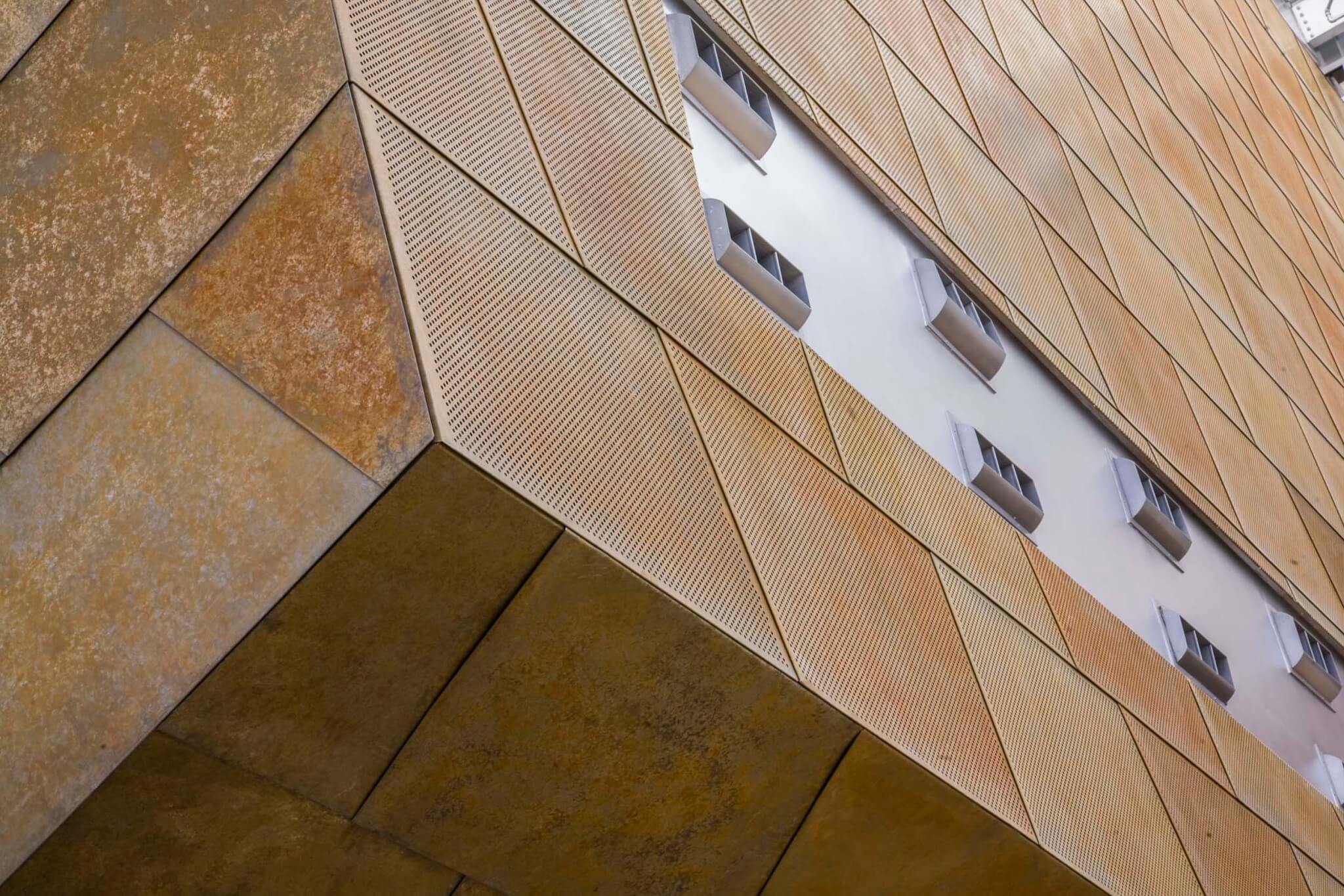
AN: What impact will tracking embodied carbon have on the industry?
BZ: I believe it will ultimately improve the environmental impact of our built world if it is logically interpreted. We are seeing a necessary review of materials and processes used in constructing our world across the entire value chain. This is causing industries to consider the impacts of what they impose on the environment. It needs to be adopted across the construction world, particularly with the smaller firms that perform much of the work.
AN: Are Environmental Product Declarations (EPDs) enough?
BZ: They are a start. As a structured form to allow comparison of various materials and their environmental impact, they are valuable. However, I am concerned they could become another layer of bureaucracy and lack robustness. They can’t simply become a check-the-box formality. There needs to be some inertia to move the concept they represent to something more committed and impactful.
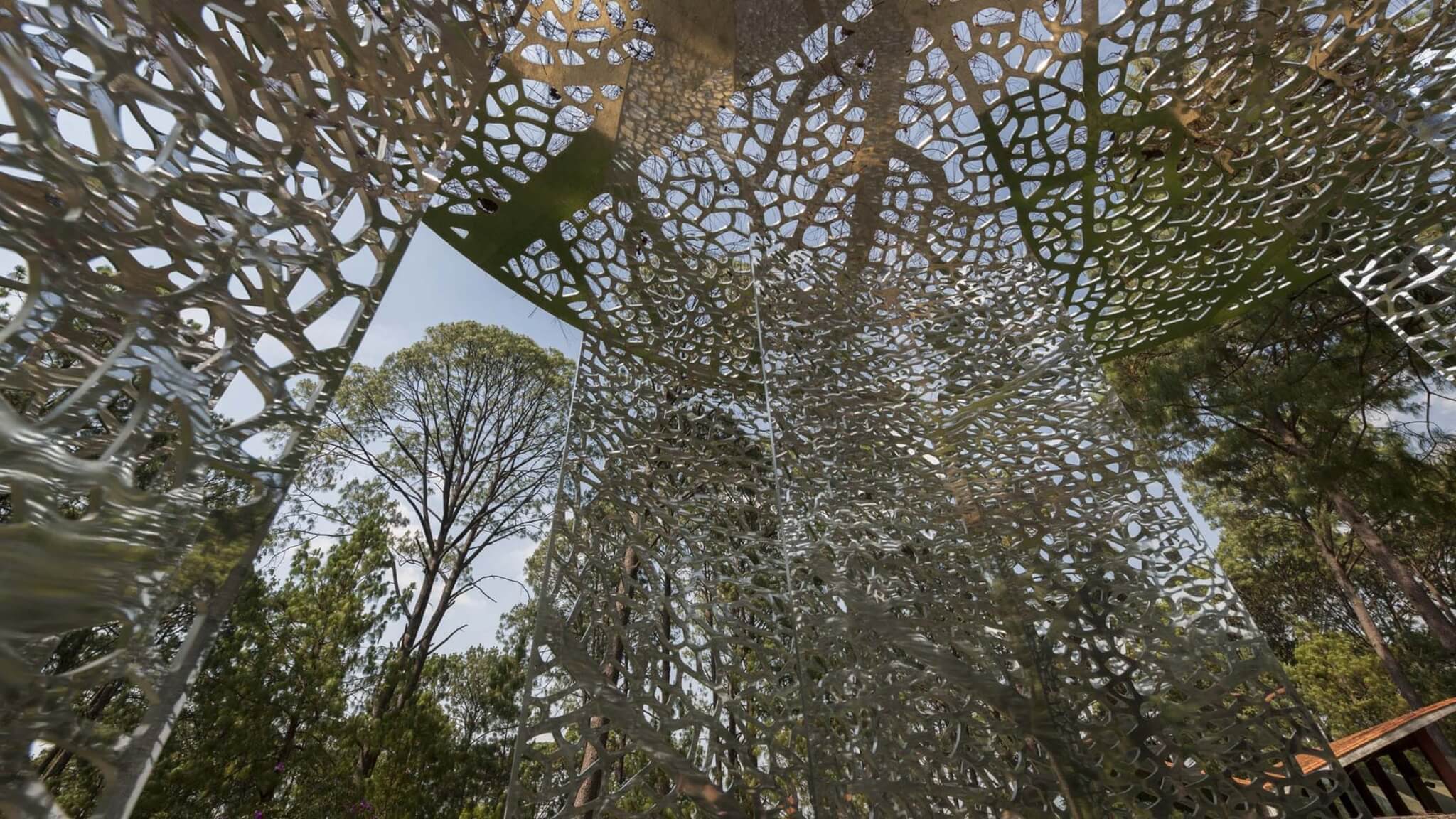
AN: How can manufacturers and building suppliers do better?
BZ: Currently it feels like the aspect of sustainability in product development and manufacturing is being addressed in discrete ways within companies. We target the easy stuff first, but there is a fragility to it. Will it last and overcome the financial or regulatory burden? The best results come when you save money. This gives a company incentive to do it. For example, recycling our metal manufacturing waste is worth more than $500,000 per year to our company. This is a no brainer. We are recycling water we use in the patina processes, recapturing and recycling the metal and returning the water to reuse in the next process. But there is a lot more that we can do, and we are constantly researching the possibilities.
AN: How is Zahner adapting to the volatile economy?
BZ: We monitor the pricing of various base commodities and work with our end customers on establishing the best time to purchase the metal. We also design more efficient surfaces to remove redundancies without sacrificing performance. This may involve adjusting the temper to strengthen the form or adding stiffened skins to account for areas of stress. Doing these things allows for less metal per unit surface area. The strength of the dollar has helped in our purchasing ability, but the various tariffs on metals counter this strength.
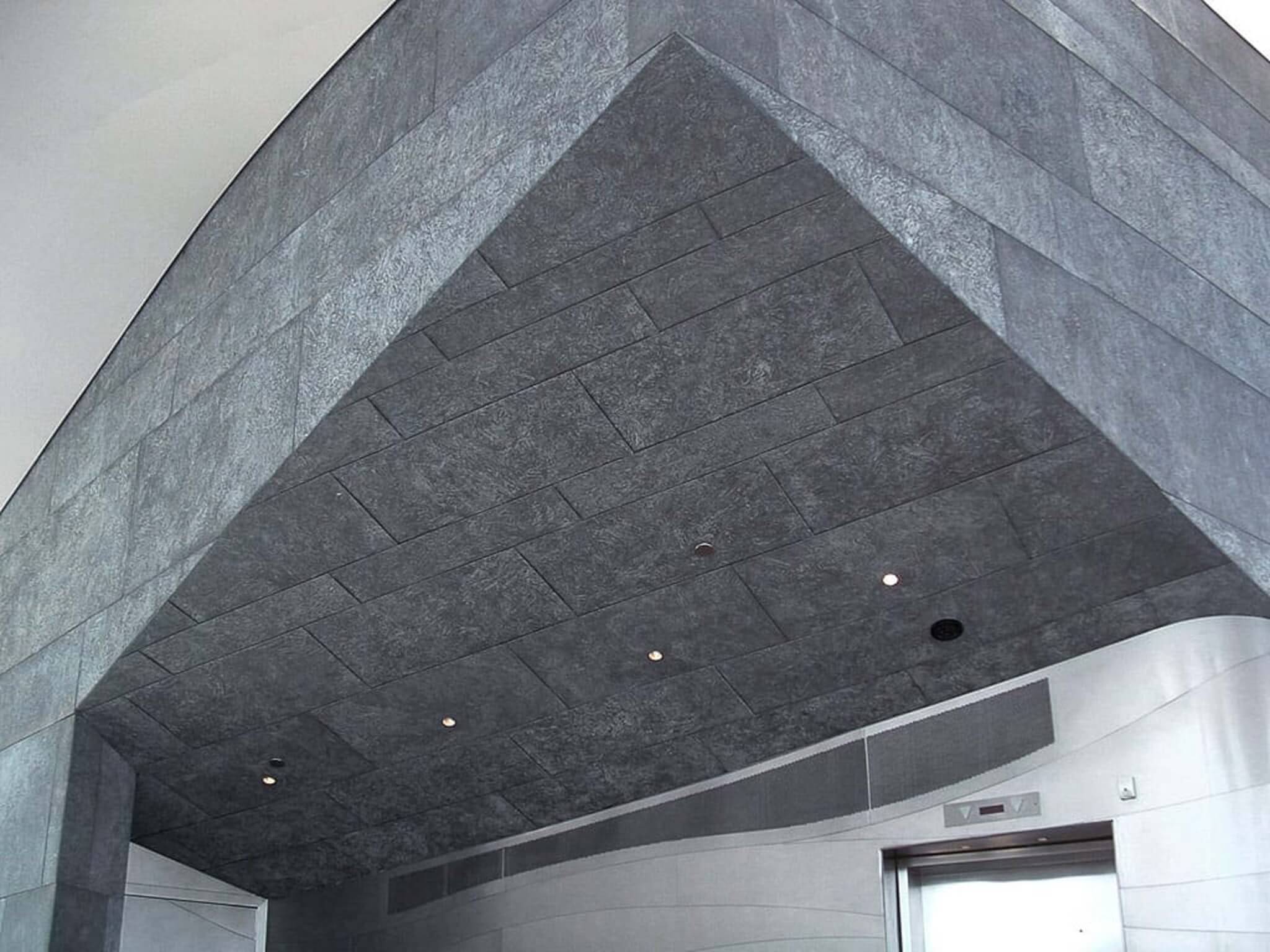
AN: How would you like to see the industry change, and adapt to emerging resiliency goals?
BZ: We need to embrace and integrate the digital interface and the tools that come with it into our design and construction efforts: tools like additive manufacturing, robotics, the Internet of Things, material science as well as the real desire to eliminate waste in the various processes.
It seems that often the people supervising or making decisions on a project, if they don’t know or understand the processes, this creates trepidation, and they resist change. We then fall back to the old way where wasting time and materials becomes the norm.
You see it in our code and engineering departments, you see it in the superintendents on a project: They do not want to risk it because they do not know how this is going to proceed. It could come back on them if it fails. Demonstration projects and prototyping are all tools that advance the knowledge and can overcome this trepidation. Once we can show the benefits of a real, digital defined, manufactured and delivered system, the “a-ha moment” happens. We need more of those.








